After stopping in Buchanan, Michigan to see the ruins of Clark Equipment Company, I headed to South Bend, Indiana to wrap up another exciting day of my Rust Belt exploration road trip.
My first stop was an abandoned fire station. I'd never been inside one before and could hardly wait to see what it was like.
This particular fire house was built in 1894 and was originally designated as South Bend Station Two. In 1922 the building was remodeled and became Station Four. It closed in 1975 and now stands vacant and boarded up with much of its roof missing.
The garage door was propped open, leaving a gap through which I could see the tires of a vehicle parked inside. As I approached, I heard music blaring and the sound of someone moving around. Despite my curiosity, I thought it best to turn around and leave the old fire station and its occupant in peace.
I made my way to the abandoned factory building once occupied by Southbend Escan Corporation. The first floor windows were covered with weathered plywood panels, but many on the second and third floors were wide open, allowing the fading daylight to seep into the factory's dark interior.
Beside the main building lies the ruins of another structure, mostly destroyed. All that remains are crumbling brick walls and a concrete floor covered in heaps of brick, wooden pallets and other detritus.
The company was founded in 1898 as Malleable Steel Range Manufacturing Company, a producer of coal and wood burning kitchen stoves. The factory moved to the now-abandoned location in 1908. In the 1930s, the company shifted its focus to larger-scale ranges for hotels and restaurants. It also produced cooking equipment for the armed forces during World War II.
The company changed its name to Southbend Escan Corporation in 1982, when it merged with Escan Metal Canada. The following year, all manufacturing operations moved to facilities in North Carolina.
Another of South Bend's many abandoned industrial spaces is the Wilson Brothers Shirt Company compound.
Founded in 1864 in Chicago, Wilson Brothers produced shirts, underwear, socks, pajamas, and neckties.The company moved to South Bend in 1883, allegedly to employ the wives of the men who worked in the nearby Studebaker plant.
Wilson Brothers flourished in the early 1900s, employing about 2,200 workers by 1930. During World War II, they contributed to the war effort by producing approximately 3.5 million pieces of clothing for the US armed forces.
Financial hardship in the '50s led to a merger with the Kentucky-based Enro Shirt Company in 1957. Unfortunately profitability continued to suffer and the South Bend factory closed in 1975.
The old industrial complex was bought by local Bill Anksorus in 2007. Rather than demolishing the buildings, Anksorus is having them carefully deconstructed so that the unique materials, including old growth wood beams and rare varieties of brick, can be reclaimed and repurposed. The University of Notre Dame has already bought tens of thousands of yellow bricks from the old structures to use for maintenance of its own buildings.
Materials reclaimed from the Wilson Brothers facility can be purchased via this website: http://www.southendreclaimed.com/south-bend-indiana-reclamation/
South Bend has many other abandoned industrial and residential structures, which I did not have time to visit.
A redevelopment effort is currently underway, breathing new life into some of the old buildings, while others are being demolished to make way for new construction. Of the more than 1,300 abandoned homes that existed in South Bend in 2013, over 800 have been demolished or repaired.
The grounds of the old Studebaker plant were recently transformed into Ignition Park, a technology park intended to draw new industries to the city.
As the sun set on another day of exploring, I said goodbye to South Bend and continued east into Ohio, where I came upon the incredible ruins of an abandoned greenhouse. Click here for the article. You definitely don't want to miss this one.
Thank you for joining me on my exploration of South Bend. If you enjoyed it, please share it on Facebook.
To receive an email announcement when I post my next article, please subscribe to Places That Were.
Until then, click here to read about more awesome places I've explored.
And feel free to follow me on social media:
Facebook: http://www.facebook.com/placesthatwere
Instagram: http://instagram.com/theplacesthatwere
Twitter: https://twitter.com/placesthatwere/
Tumblr: http://placesthatwere.tumblr.com/
Google+: https://plus.google.com/u/0/+JimSullivanPlacesThatWere/posts
EyeEm: https://www.eyeem.com/u/placesthatwere
Youtube: https://www.youtube.com/jimplicit
Thank you!



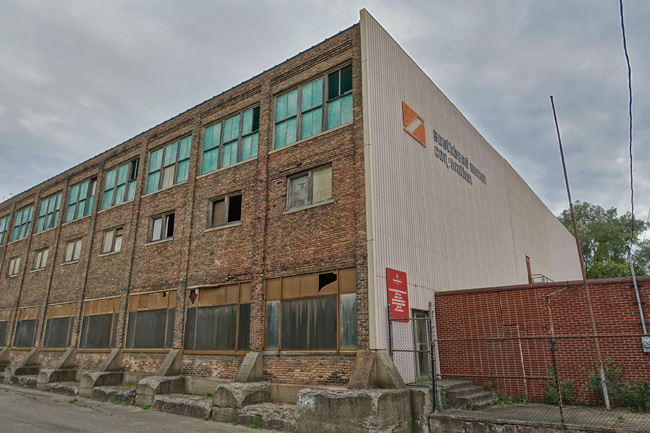
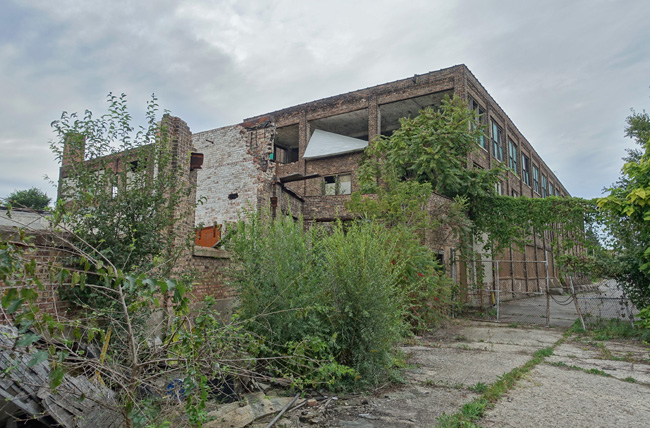
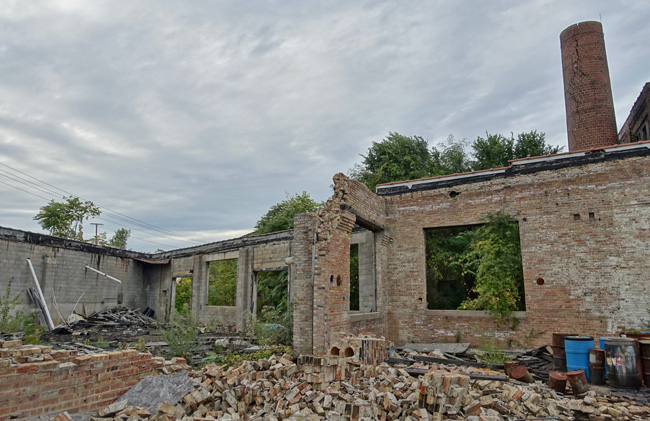




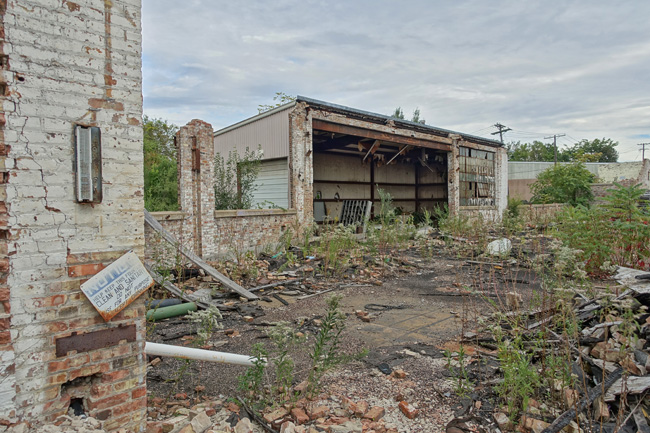





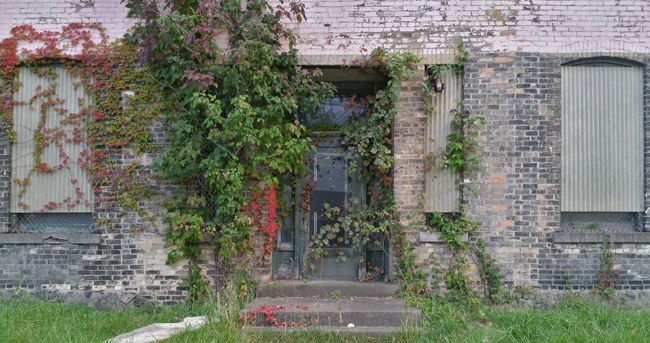
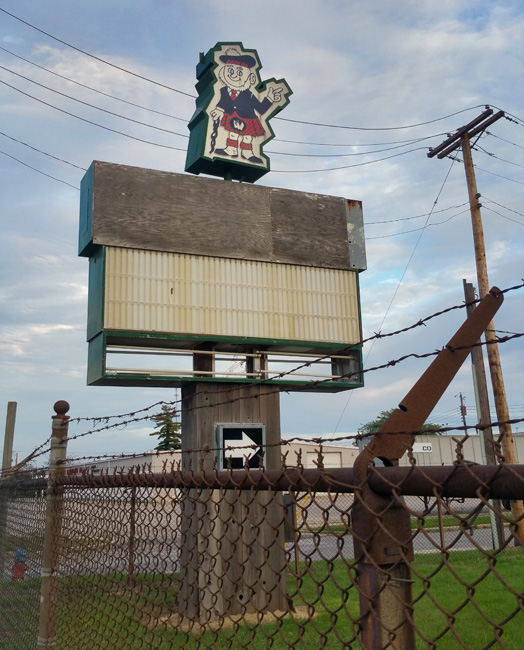



As usual, good writing, good history and overall interesting. Keep up the good work.
ReplyDeleteThank you so much, Jon!
DeleteThe Accurate Plating Building used to be Mitchell Metal Products with an address of 6501 Cedar. Accurate used 6512 Carnegie as the address presumably because that's where their shipping dock was located.
DeleteIt is so sad that so many buildings are standing empty - - so many of them could be revamped and used - - much less expensive than building complete new ones. Haven't they heard of re-cycle ???
ReplyDeleteLook forward to each new site you visit. Wish I could still travel - - so glad I went when I could.
Thank you! I'm glad you're enjoying my site :)
DeleteI'm always disappointed when buildings are demolished instead of renovated. I'm glad the Wilson Brothers buildings are being carefully deconstructed instead of demolished. At least the materials will be saved and put to good use.
The Kingsbury Ordinance Plant drew me to discover your site. I grew up a few miles from there and visited often as a kid, riding bikes, fishing, shooting range, camping and learning to drive. My grandma made bombs in those bunkers! The large building was designed by John Lloyd Wright, Frank's son.
ReplyDeleteI work in South Bend and am familiar with all the places you shot. You did a good job with the research. Too bad you didn't make it to Drewry's Brewery as it is currently being demo'd. When were you in town? I'm curious to know when these photos were taken.
The Wilson shirt factory is on Sample street near Chapin/Prarie. I actually work in a building that was once part of the factory complex. Ours is not being de-constructed but the rest are.
DeleteThank you so much! It sounds like you had a great childhood. Must have been a wonderful place to grow up. I wish I'd known about Drewry's Brewery. These pictures were taken in late September of 2015.
DeleteI can share some Drewry's photos with you - what is a good email address?
DeletePlease feel free to message me via Facebook. You should be able to send the photos through the messenger.
DeleteGood work Jim , always looking forward to your next post
ReplyDeleteThank you! I really appreciate it! I will be posting more soon.
DeleteMy mom worked in that Wilson Bros. plant in the late 30's. It paid better than working as a personal maid, nanny, or other in-home service. She, and some fellow workers, left for Bendix when they were hiring at a better wage.
ReplyDeleteShe sounds like a wise woman.
DeleteHey what is the building in the second photo in this post? Is that in South Bend?
ReplyDeleteYes it's in South Bend, but I'm not sure what it used to be.
DeleteSecond photo is of the Studebaker Administration building, later the South Bend Community School Corporation administrative building but now empty for maybe 5-10 years.
DeleteHey there Jim what kind of vehicle did you see inside the old Fire station in South Bend
DeleteI'm not sure. I didn't get a good look at it.
DeleteGreat article what place had the little Scottish man was that the studebaker plant.
ReplyDeleteYour photo of the fire station looks like one on Portage Rd right near the abandoned Tip Top Baker and Drewry's plant. I imagine a lot of stations look alike, but my grandfather had a home about a block away on Portage from that one. Going there and smelling the bread baking was something else!!!! His house was torn down for a parking lot that when I go back, have never seen a car parked in it. The 70's and 80's weren't good to South Bend or any of the area. Tearing down the Granada Theatre and creating the "big hole" for years, really destroyed history--and for a 40 story building that never materialized with the financial company walking away from so many promises made to the city. Thanks for your work.
ReplyDeleteI'm going to be in South bend Indiana on November 21st of 2021 can you give me the address,s of some of the buildings you went to?
ReplyDeleteYes they could, but they didn't because they didn't feel like it.
Delete